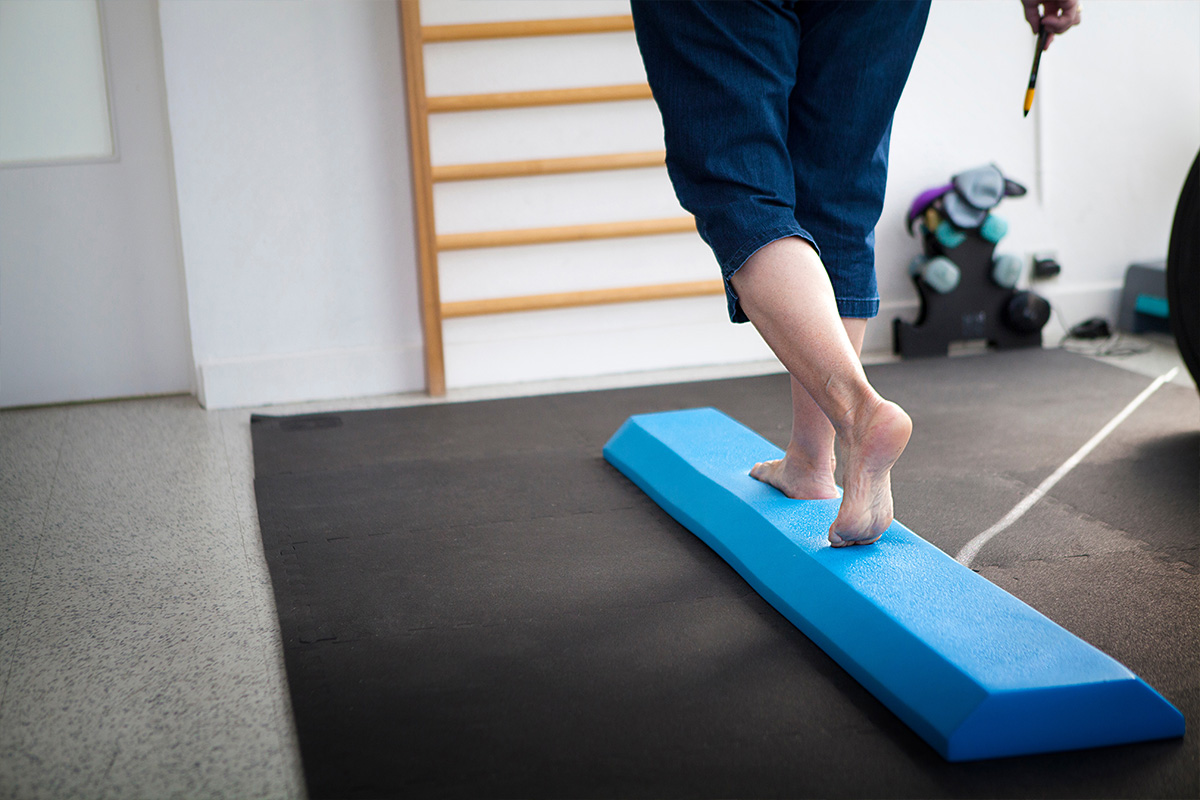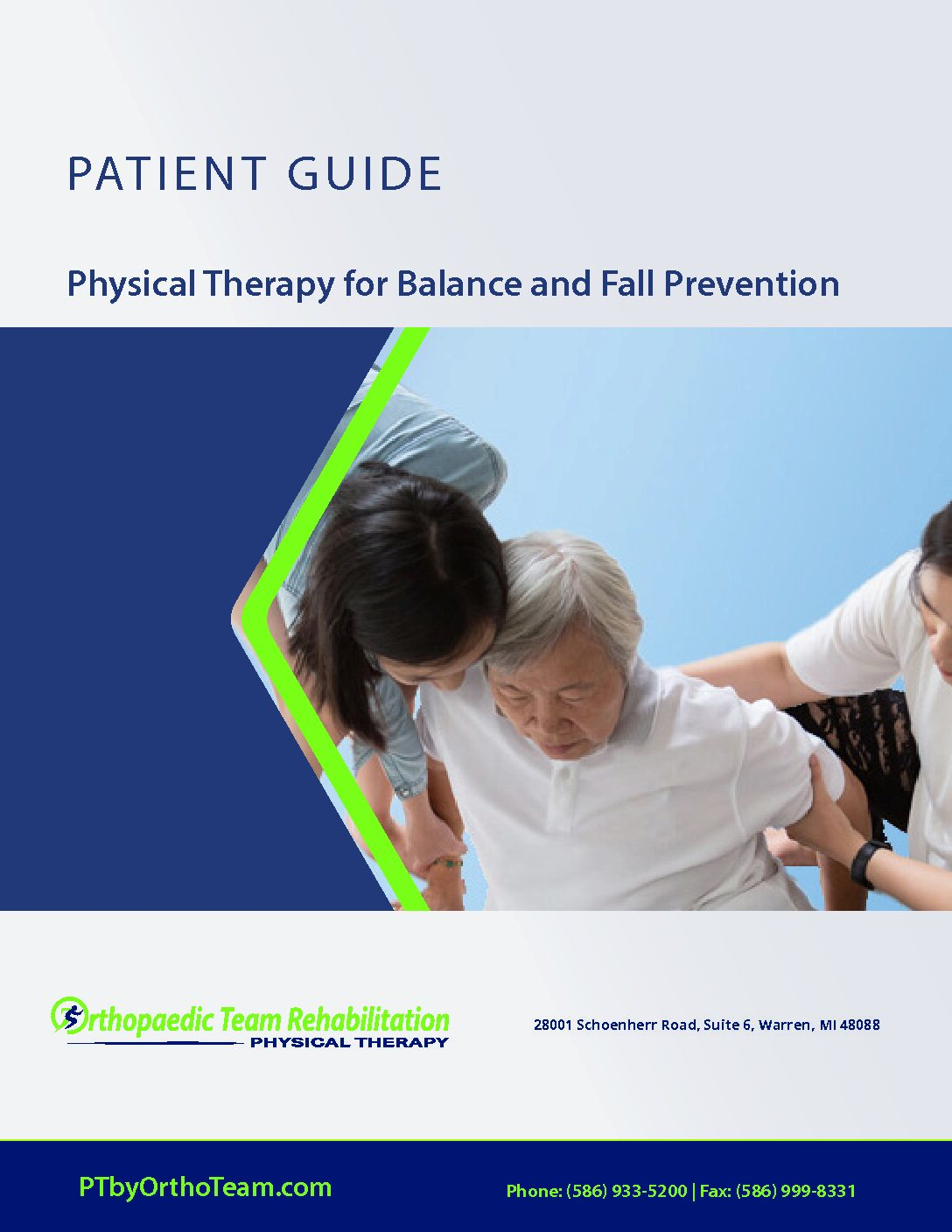Physical Therapy For Gait and Balance Training
Assessment | Education | Treatment | Self-Care

Balance and Fall Prevention Patient Guide
Years of research has shown eleven risk factors that are most significant when assessing fall risk. The risk factors are reviewed in our Patient’s Guide to Physical Therapy for Balance and Fall Prevention.
If you or someone you know has just one the risk factors, there is a 27% chance of a fall within 1 year. Four or more risk factors increase the chances to 78%. Falls in the 65+ age group are one of the leading causes of hospitalization. Many falls can be prevented with early physical therapy intervention.



